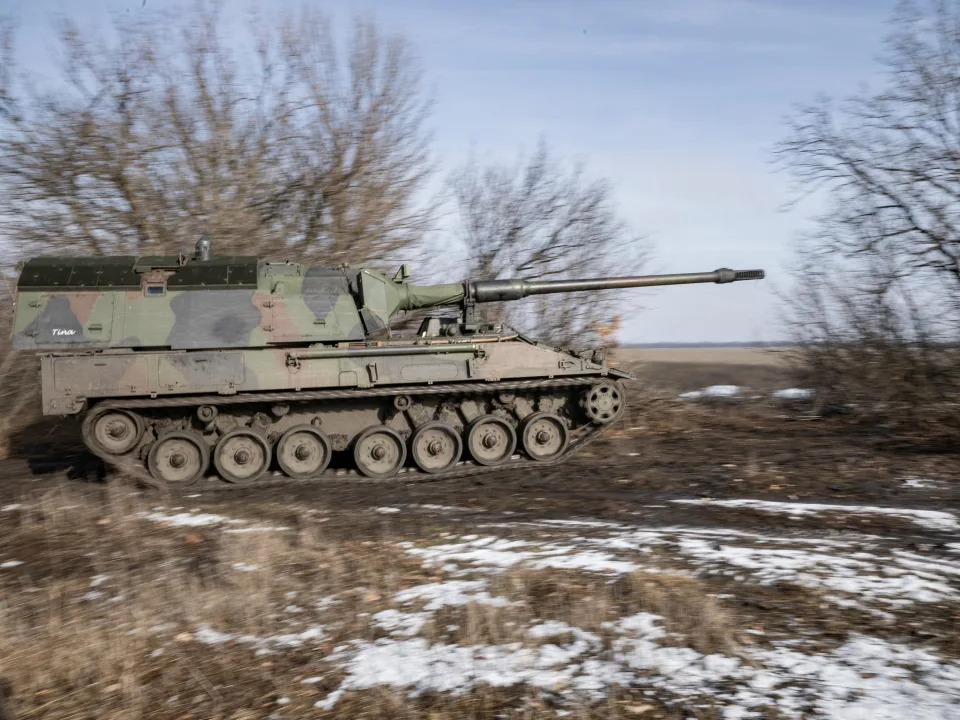MarketWatch
Hotel housekeeping jobs have fallen by 102,000 during the pandemic. What happened?
Levi Sumagaysay – May 1, 2023
‘Before the pandemic, I never had a problem with getting hours,’ one housekeeper told MarketWatch

As some U.S. hotels hung on to practices they adopted during the early stages of the coronavirus pandemic — such as eliminating daily room cleanings — the number of hotel housekeepers fell by more than 102,000 last year from prepandemic levels, new data show.
The total number of hotel housekeeping jobs as of May 2022 was 364,990, a 22% decline from the total of 467,270 such positions during the same period in 2019, according to numbers released last week by the Bureau of Labor Statistics.
Unions representing hotel service workers feared this would happen, and had warned a couple of years ago of such a decline. Since then, they have worked to restore or retain routine daily housekeeping in hotel rooms around the country. In some places that actually began requiring daily cleanings during the pandemic, unions are pushing to make those rules permanent.
In Las Vegas, the Culinary Workers Union is opposing legislation that would repeal daily-cleaning requirements as it tries to protect the jobs of thousands of hotel housekeepers in a travel destination known as the entertainment capital of the world.
“Prior to the pandemic, it was standard that you paid a pretty penny for a nice room and you got service,” Ted Pappageorge, the secretary-treasurer for Culinary Workers Union Local 226, said in an interview. “You didn’t have to chase someone down the hall” to ask for towels or for trash to be taken out of your hotel room, he said.
“Now room rates are higher, 30% or more, [and hotels are] expecting guests to do without,” Pappageorge added.
The biggest U.S.-based hotel chains have reported that their average daily room rates have risen since 2019. Hilton Worldwide Holdings Inc. HLT, +1.05% reported last week when it released first-quarter earnings that its revenue per available room was 8% higher than during the same period in 2019. Marriott International Inc. MAR, +4.98% and Hyatt Hotels Corp. H, +3.06% report earnings this week.
But according to their fourth-quarter earnings filings with the Securities and Exchange Commission, Marriott’s revenue per available room was up 4.6% over the same period in 2019 and Hyatt’s for that same period rose 2.4%.
Hilton, Marriott and Hyatt did not respond to requests for comment about their daily housekeeping policies. All three hotel chains in earnings updates have reported increasing their numbers of properties. At least one, Marriott, mentioned in its November report that it was dealing with “industry-wide labor shortages” that made it challenging to hire or re-hire for certain positions.
The Las Vegas–based Culinary Workers Union and its members also said less-frequent cleanings could be a safety issue, because housekeepers don’t know what they might find in a room that hasn’t had a hotel staff member inside it in several days. In addition, having fewer people around in massive hotels could mean no one within earshot during attempted assaults on housekeepers, they said.
Housekeepers who spoke with MarketWatch said getting rid of daily cleanings or requiring guests to ask for daily cleanings means not just fewer jobs, but harder work for those who have managed to keep their jobs.
Proponents of the Nevada legislation include the Henderson Chamber of Commerce, which said in a recent letter to state lawmakers that “eliminating health requirements on businesses that are no longer needed is another step in ensuring our economy returns to pre-pandemic levels.”
The general counsel of Wynn Resorts Ltd. WYNN, -2.08% assured the state legislature in a letter that the hotel chain “will continue to clean our hotel rooms daily to maintain our Forbes Five Star designation,” though it does not believe a mandate by law is necessary and supports “the rescission of the statutory requirement which imposes upon resort operators unprecedented business operational requirements.”
Housekeepers who spoke with MarketWatch said doiing away with daily cleanings or requiring guests to ask for daily cleanings means not just fewer jobs, but harder work for those who have managed to keep their jobs.
Nely Reinante, a housekeeper at Hilton Hawaiian Village who told MarketWatch two years ago that she was waiting to return to work full-time because daily cleanings weren’t happening at the time, worked with the union to help restore routine daily cleanings at her hotel. Among other things, they passed out leaflets to explain the situation to guests.
“Our guests are happier now that there is no trash or dirty linens or towels in the hallway,” Reinante said in a recent interview with MarketWatch. She is back to work full time, she said, though some of her colleagues quit because they couldn’t afford to wait around for full-time work.
Reinante said that compared with a couple years ago, she “can breathe lighter now” because it’s easier to handle rooms that are cleaned daily — and she’s not worried about not getting enough hours.
“Guests can support housekeepers by always asking for daily housekeeping when they check in,” Unite Here International President D. Taylor said in an emailed statement. The union and its affiliates, such as the Culinary Workers Union local in Nevada, have worked to restore automatic daily housekeeping in many major cities around the country, Unite Here said.
From the archives (July 2021): Where’s housekeeping? Hotels cutting back on daily cleaning after pandemic.
A housekeeper in the Boston area told MarketWatch earlier this year that some guests thought they were helping housekeepers by opting out of daily cleanings. In reality, the housekeeper said, some staff weren’t being assigned enough shifts.
“Before the pandemic, I never had a problem with getting hours,” said Josefina Lopez, who works at the Element Boston Seaport District and was only getting a couple of days of work a week at the beginning of this year. Lopez also hurt her shoulder because she was having to spend more time cleaning rooms and her work had become harder, she said at the time.
Since then, though, Lopez has resumed full-time work, according to her union.
Taylor, the Unite Here president, said he is proud of restoring automatic daily housekeeping at many union hotels. “But now you’ve got a patchwork effect where some hotels have full service automatically and others don’t, even if they’re part of the same brand,” he said. “That’s not fair to guests. And it only widens the gap between the union standard and nonunion working conditions.”










